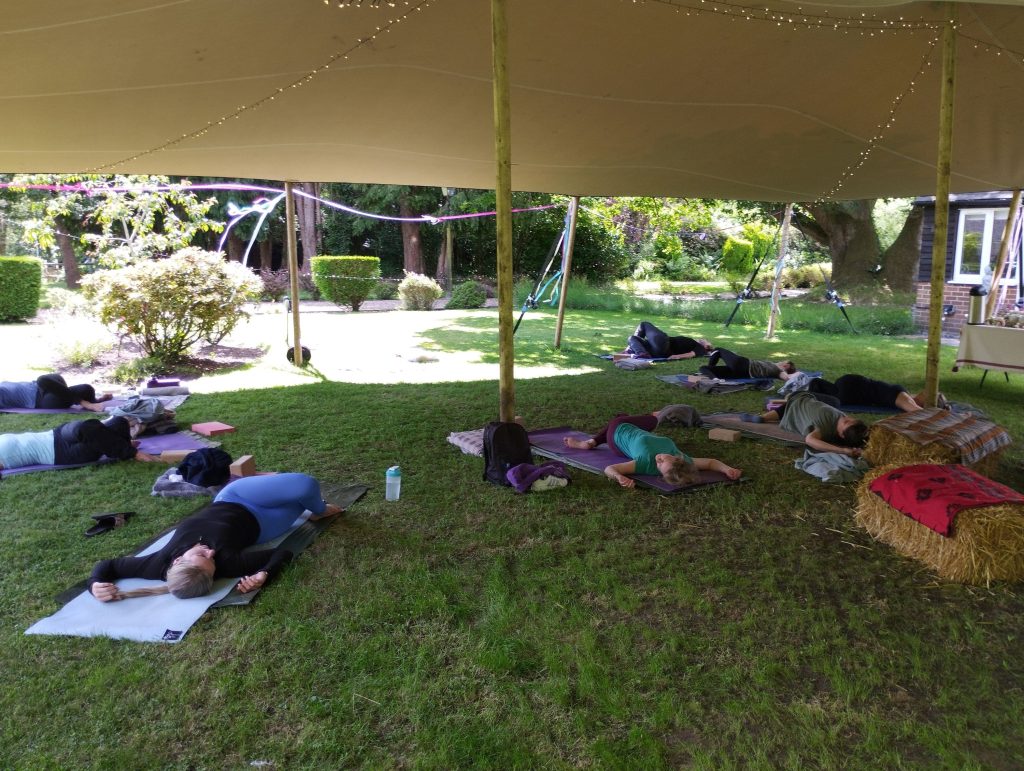The chemical free way!
To Deter Moles
Moles seem to love our garden, and I love the moles! Our cats regularly bring them in for us, they don’t ever eat them luckily, and we are left to gently catch them and re dig a hole for them to burrow underground again. They are seriously the cutest little animals, a thick back velvety coat and large front paws.
However my garden this year has been decorated with a mole hill about every foot apart and there is no room left for me so I decided to send them on their way as kindly as I can!
This recipe worked for me:
- Dilute a cup of castor oil with a squirt of homemade “fairy” liquid in a bucket or watering can and fill to the top with water.
Find the actual hole within the molehill ( normally a couple of inches in diameter) and pour the solution down the hole, preferably on both ends (where there is one mole hill exit there is likely to be an entrance mole hill not far away!). - Repeat this process each time a mole hill comes up working from the mole hills nearest to your house and edging them further and further away down the garden.
- Castor oil is harmless to pets and the grass, in fact it is meant to have brilliant health benefits for humans to treat an itchy scalp or acne or used as a laxative (my grandparents used to make us have a spoonful of this awful stuff mixed with cod liver oil whenever we went to stay with them (so although I can’t say I remotely liked it!!) its smell and oiliness
deters the moles so they move elsewhere. - NB You have to stay on top of them for the first few weeks otherwise they will keep reinvading but it doesn’t mean they wont come back either once the oily smell has gone away..
Natural pest Deterrents that work:
- Cayenne Pepper or red pepper flakes:
Sprinkle this around the base of your vegetables or plants and replace after rain.
- Fireplace Ash:
Wood ash contain potassium, some phosphorus and magnesium. Nutritional value varies according to the species of wood, but all ash contains nutrients. I keep all my left over as in a large storage bucket to be used when I need it. Combine this with your soil before planting out your seedlings.
Natural weed repellents that work:
- Salt:
Bring a solution of about 1 cup salt (use table salt, coarse salt does not fully dissolve, I found out!) in 2 cups water to a boil. Pour directly on the weeds to kill them. Another equally effective method of how to kill weeds is to spread salt directly onto the weeds or unwanted grass that come up between patio bricks or blocks. Sprinkle with water or just wait until rain does the job for you.
- Vinegar:
Spray each plant with a large spritz of vinegar in its midsection, and at the base so the vinegar can soak down to the roots. Try to do this when you have a couple of days of dry weather to give it the best chance.
- Boiling Water:
Heat up your tea kettle. Pouring boiling water will kill stubborn weeds – great for the small ones between patio slabs.
- Bicarbonate of Soda:
If you don’t have salt to hand why not try and sprinkle handfuls of bicarbonate of soda onto the concrete and simply sweep it into the cracks. The sodium within it will help the weeds to wither and die.
Insect Repellants that work:
- Garlic Oil Spray is my firm favourite solution.
Simply put three to four cloves of minced garlic into two teaspoons of mineral oil. Let the mixture sit overnight, and then strain the garlic out of the oil. Add the oil to one pint of water, and add a teaspoon of biodegradable dish soap. Store in a bottle or jar, and dilute the mixture when you use it by adding two tablespoons of your garlic oil mixture to one pint of water.
This mixture works because the compounds in garlic (namely, diallyl disulfide and diallyltrisulfide) are irritating or deadly to many insects. The oil and soap help the mixture stick to plant leaves. What insects does garlic oil repel? Whiteflies, aphids, and most beetles will avoid plants sprayed with garlic oil.
NB A word of caution: don’t apply this spray on a sunny day, because the oils can cause foliage to burn – I found this out the hard way!
- Simple Soap Spray
Just add one tablespoon of dishwashing soap to a gallon of water and spray the mixture on the pests.
Why does this work? The soap dissolves the outer coating or shell of the insects, eventually killing them.
- Slugs
I haven’t found a kind way that works for getting rid of slugs other than going out at night with a torch and picking them all off.
Fungal Disease Solutions that work
- Milk for Powdery Mildew
My Vegetable patch has been affected by Powdery mildew this year, particularly my squash and cucumbers but this milk recipe works wonders. Just reapply regularly. I use a concentration of 30% milk to 70% water and the sooner you notice the first signs and start spraying the more effective it will be. Don’t worry if it is skimmed or full fat as it is the milk protein that does the job.
- Baking Soda Spray for Powdery Mildew
It needs to be applied weekly, but if you have a problem with mildew in your garden, it will be well worth the time. Simply combine one tablespoon of baking soda, one tablespoon of vegetable oil, one tablespoon of dish soap and one gallon of water and spray it on the foliage of susceptible plants. Baking soda spray works because the baking soda disrupts fungal spores, preventing them from germinating. The oil and soap help the mixture stick to plant leaves.




